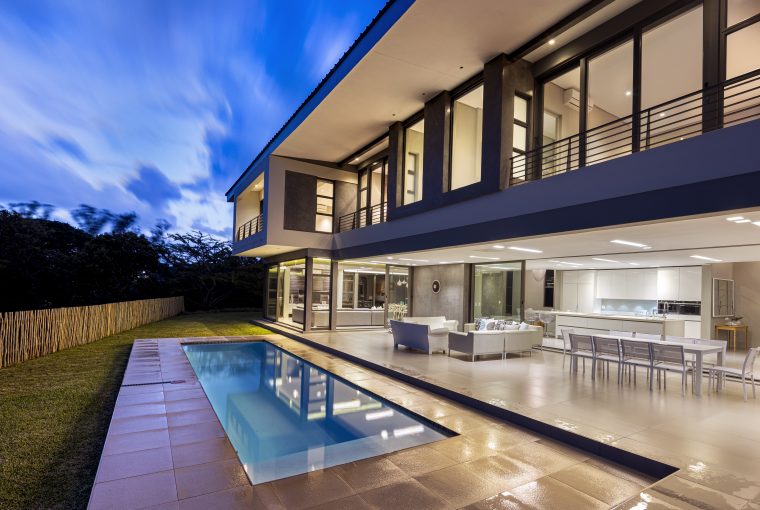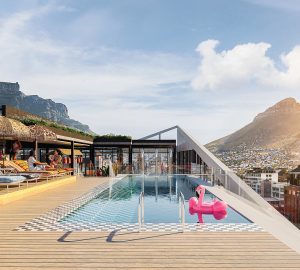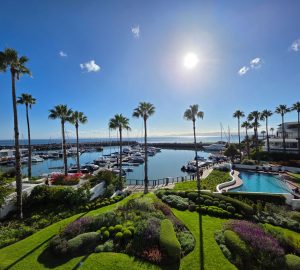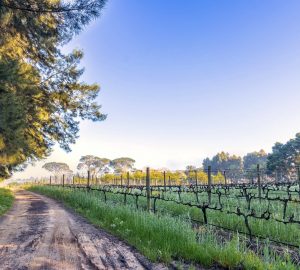Estate living is a global phenomenon that first came to SA in the 1980s, but really started to catch on from the mid-1990s and has continued as a significant trend in residential real estate ever since. An estate lifestyle – including eco-estates, remains popular and has ongoing appeal for home buyers, especially those seeking a secure, family-oriented lifestyle with access to open space, particularly in light of the lockdowns due to the Covid-19 pandemic.
Today, home buyers are increasingly focused on living in a secure environment while having easy access to amenities and outdoor and sporting activities. Wellness, equestrianism, fishing, walking and other sporting pursuits are all used to differentiate the product offering from one estate to another. In some instances, people want to get away from the hustle and bustle of the city to an area that is close enough but feels like living in the countryside, with space to enjoy the outdoors, and even in some instances scenic mountain views.
The fact that more and more estates are including a wider range of accommodation – sectional title and retirement villages – suggests that demand is across the board, not just from the high-end buyer. As congestion grows and security remains a priority, estate living becomes more popular.
Similarly, with estates becoming more sustainable, such as in eco-estates, and as estates increasingly incorporate ‘green’ features, the appeal to all buyers also grows. Where affordable for homeowners, there is an ongoing desire to go off the grid, even if partially, with the installation of energy and water saving solutions which are now becoming the new normal amid rapidly rising costs of electricity and utilities coupled with poor service delivery, and partly because climate change is becoming a critical mainstream issue.
It is also a lifestyle choice based on the unique culture and character of the estate, facilities such as golf courses which support a particular hobby or passion, and in the case of some estates, a sense of exclusivity and status associated with the address.
Another factor is the search for a more old-fashioned sense of community and neighbourliness as the social connections offered by this lifestyle are often equally important, especially in communities where there is a shared interest such as golf or horse-riding at the heart of the product offering. Residents are able to enjoy harmonious living with like-minded neighbours, in an aesthetically-pleasing environment which offers security and peace of mind.
In a time of social distancing, it makes sense for people to minimise their interactions with other people – outside of family and a close circle of friends. One of the ways to achieve this is to remain in one’s neighbourhood – shopping, eating (when permissible) and using the amenities in the area. Another way to minimise interaction with others is to live and work from home in an estate – which increasingly offers retail outlets, sporting amenities, schools, medical facilities and offices or business hubs, or is in close proximity to these amenities.
Lifestyle estates, especially those within easy reach of cities and major hubs, have proven increasingly attractive in recent years for a number of reasons, including security – with open spaces including play areas for children and 24-hour patrols, among other features, all contributing to a less stressful family-oriented way of life with safe open spaces for exercise, sporting pursuits and recreation. This makes them far less accessible to members of the public, thereby reducing exposure to external influences, plus there is the potential for more spacious homes, reducing the feeling of being confined to a small space during a lockdown.
Amenities such as schools, child-minding and shopping facilities and other activities on site all contribute to a sense of security from a health and safety point of view, while providing highly attractive environs in which to live, with less maintenance hassles, while some estates lend themselves to multi-generational living with a wide variety of options available – such as more affordable apartment and cottage units catering for young couples or retirees, over and above the more spacious homes on offer. There is definitely a trend towards incorporating a more diverse offering of homes in estates – including more affordable sectional title properties as well as retirement villages. This is ensuring that estate living caters to a larger market of potential homeowners.
The lack of congestion on an estate also has high appeal for those wanting to escape from high-density, congested city living, where some have been cooped up in tiny apartments, while estates will become increasingly attractive for those who can and want to work from home. Many estates – especially the new-builds – are also increasingly self-sufficient and off the grid or partly so in terms of water and energy – making the case once again for a cost-wise and convenience-wise decision to live in a secure, lifestyle estate.
Further appeal of a green home is that, after an initial capital outlay, the greater efficiency of both energy and water consumption not only saves costs but also provides a measure of protection against load shedding and increasingly frequent and severe droughts – while contributing to the fight against climate change.
Property owners are increasingly realising that incorporating green living design into their homes is not only significantly contributing to the value of what, more often than not, is their primary asset, but also increasing the ‘sellability’ if and when they decide to move. A green home typically sells at a premium to other regular homes of a similar size and location and more than likely also sooner.
As we adjust to life in the post-Covid world, it seems green building will finally be embraced by the mainstream. While sustainable green living offers welcome utility efficiencies it is essentially a more holistic concept. Stretching from upstream considerations such as building materials and design, all the way downstream to energy consumption and waste generation, a sustainable lifestyle is – at its heart – about the quality of life and the future health of the planet.
Posted by The Know - Pam Golding Properties





